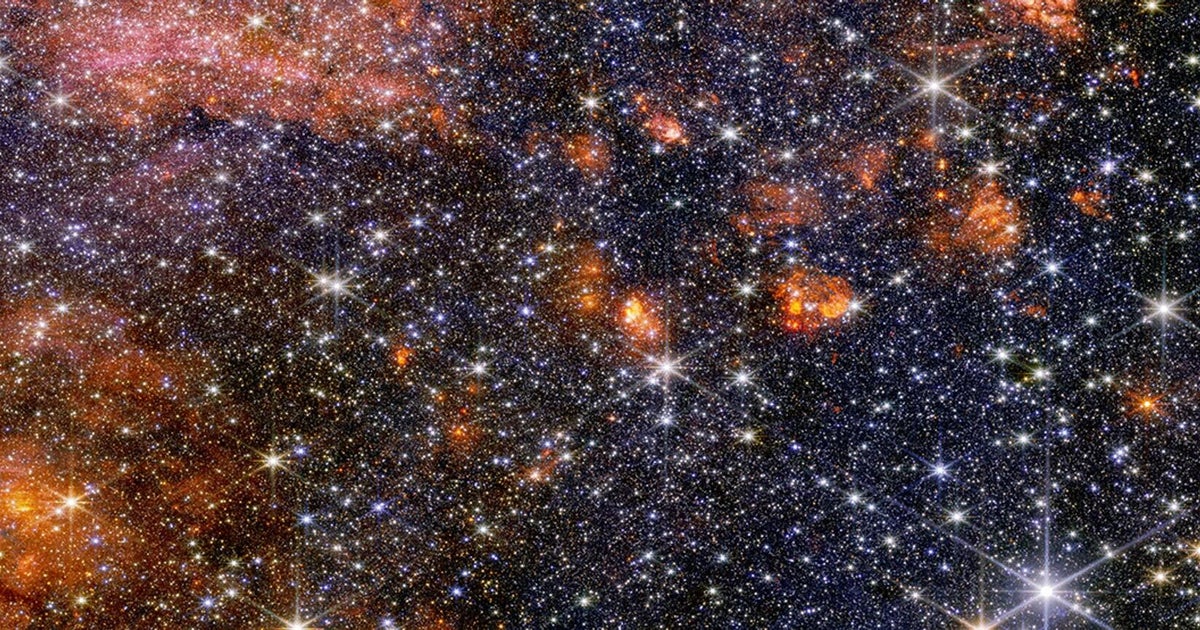| IN A NUTSHELL |
|
In the vast expanse of our solar system, Jupiter’s moon Europa has long intrigued scientists with its potential to harbor life beneath its icy surface. Recent observations by the James Webb Space Telescope (JWST) have added a new layer to this intrigue by detecting unexpected concentrations of hydrogen peroxide on Europa’s surface. These findings have prompted scientists from the Southwest Research Institute (SWRI) to conduct experiments that may offer clues to this puzzling phenomenon. Their research not only enhances our understanding of Europa’s chemical processes but also raises exciting possibilities about the moon’s potential to support life.
Simulated Europa Offers Clues into Puzzling Hydrogen Peroxide
The Southwest Research Institute (SWRI) has embarked on a groundbreaking series of experiments to unravel the mystery of hydrogen peroxide concentrations on Europa. These experiments were inspired by “puzzling observations” as described by Bereket Mamo, a graduate student at The University of Texas at San Antonio and an SWRI contractor. Mamo proposed the experiments to investigate the inconsistencies noted by JWST, leading to the award of a Future Investigators in NASA Earth and Space Science and Technology grant.
At the heart of this research is the simulation of Europa’s environment. In collaboration with the Center for Laboratory Astrophysics and Space Science Experiments (CLASSE), the team worked to recreate the moon’s conditions by depositing a mixture of water ice and carbon dioxide in a vacuum chamber. By irradiating this mixture with energetic electrons, they observed changes in hydrogen peroxide production.
The results were striking. The analysis revealed elevated hydrogen peroxide levels, mirroring those previously observed by the JWST in Europa’s equatorial regions. This discovery underscores the significant role of trace amounts of carbon dioxide in enhancing hydrogen peroxide production. These results provide a plausible explanation for the previously perplexing distribution of hydrogen peroxide on Europa and may have implications for understanding similar processes on other icy bodies in the solar system.
Impact on Potential Life in Moon’s Subsurface Ocean
The implications of these findings extend beyond chemistry, hinting at the potential for life in Europa’s subsurface ocean. Dr. Ujjwal Raut, a program manager at SwRI’s Planetary Science Section and Mamo’s advisor, emphasized the importance of understanding Europa’s chemical processes. The presence of hydrogen peroxide and other oxidants could suggest a chemical cycle involving the irradiation of seawater, creating a “chemical potential” that supports biological life.
Richard Cartwright from Johns Hopkins University Applied Physics Laboratory, a co-author of the study, highlighted the astrobiological significance of this synthesis. The presence of oxidants like hydrogen peroxide could provide chemical energy that lifeforms, potentially extremophiles, might utilize. On Earth, such lifeforms thrive in environments devoid of sunlight, relying on chemical energy sources.
This research aligns with NASA’s ongoing exploration efforts, including the Europa Clipper mission. Currently en route to the Jovian system, the mission aims to further investigate Europa’s habitability. The experiments conducted by the SWRI team offer a glimpse into the potential findings of these upcoming missions, providing vital clues into the moon’s intriguing chemistry and its capacity to support life.
Experimental Techniques and Their Implications
The experimental techniques employed by the SWRI team have proven crucial in understanding Europa’s enigmatic surface chemistry. By recreating Europa-like conditions in a controlled environment, researchers have demonstrated the power of simulating extraterrestrial environments on Earth. This method has not only shed light on the hydrogen peroxide puzzle but also opened avenues for exploring other icy bodies with potential subsurface oceans.
The study’s findings suggest that even trace levels of carbon dioxide can significantly influence chemical processes on icy moons. This insight has broader implications, potentially applicable to other celestial bodies like Ganymede, Enceladus, Mimas, and Charon. Understanding these processes could enhance our knowledge of the solar system’s diverse environments and their potential to harbor life.
Dr. Ben Teolis, a planetary scientist at SwRI and co-author of the study, emphasized the importance of chemical energy for habitable worlds. The interaction between carbon from interior oceans and energy from external sources could lead to the formation of compounds like hydrogen peroxide, storing energy crucial for sustaining life in dark, sunless environments.
Looking Ahead: The Future of Europa Exploration
As the scientific community eagerly anticipates the arrival of the Europa Clipper and ESA’s JUICE spacecraft, the recent findings from SWRI’s experiments set the stage for future exploration. By providing a foundation for understanding Europa’s surface chemistry, these experiments offer a prelude to the detailed investigations that lie ahead.
The study, published in the Planetary Science Journal, underscores the importance of interdisciplinary collaboration in unraveling the mysteries of our solar system. As scientists continue to explore Europa’s potential for habitability, the knowledge gained from these experiments will serve as a vital resource.
As we continue to push the boundaries of space exploration, the question remains: What other secrets does Europa hold beneath its icy surface, and how might they reshape our understanding of life in the cosmos?
This article is based on verified sources and supported by editorial technologies.
Did you like it? 4.6/5 (29)
Source link


